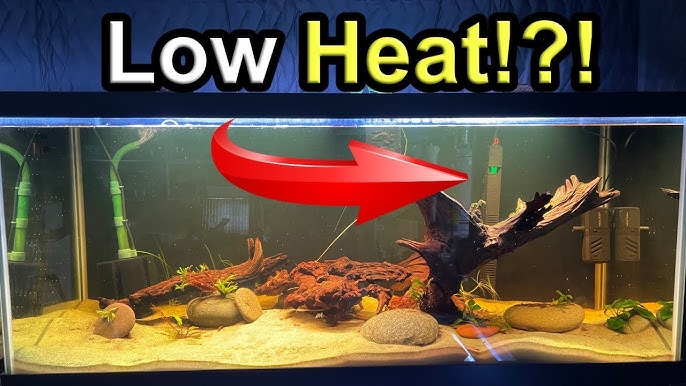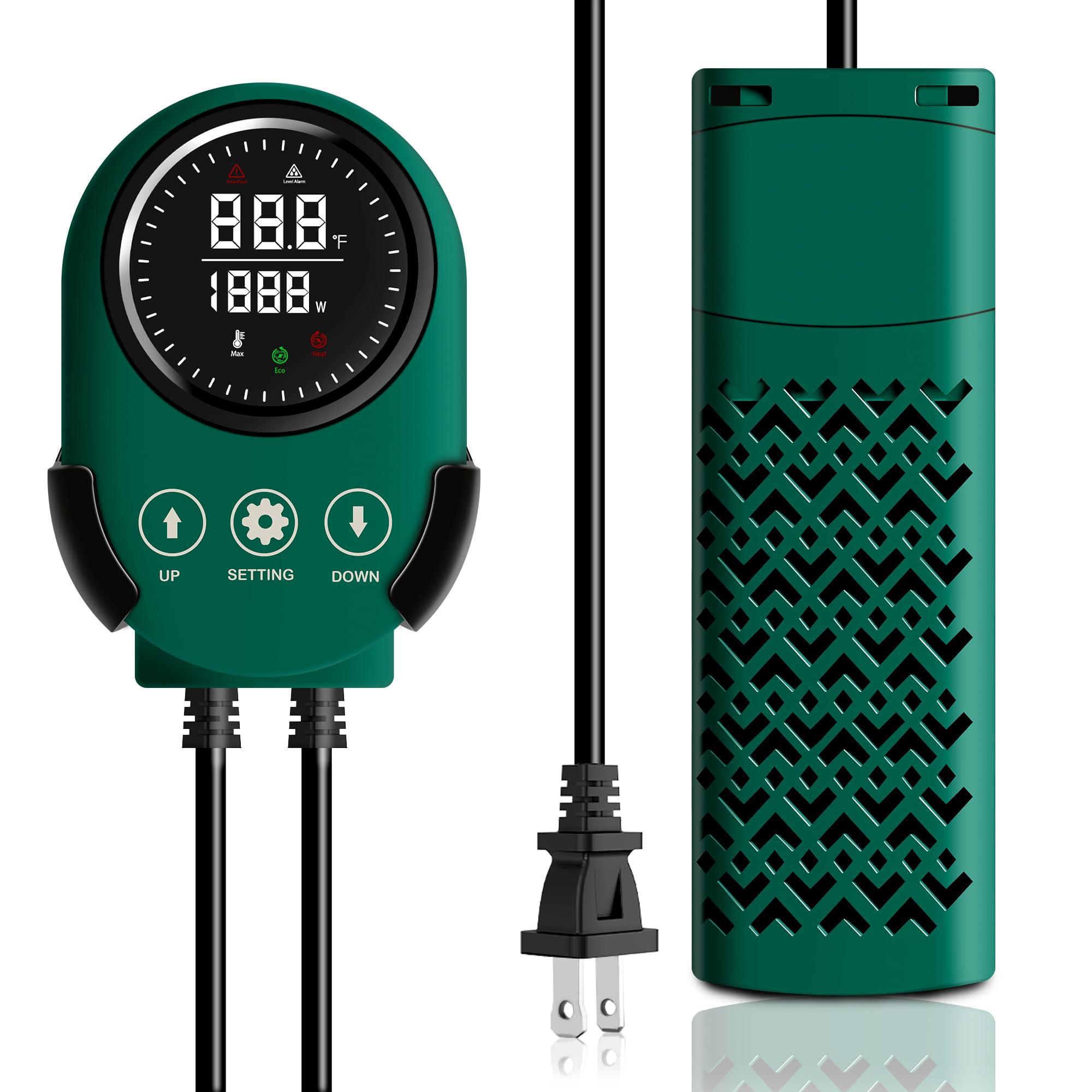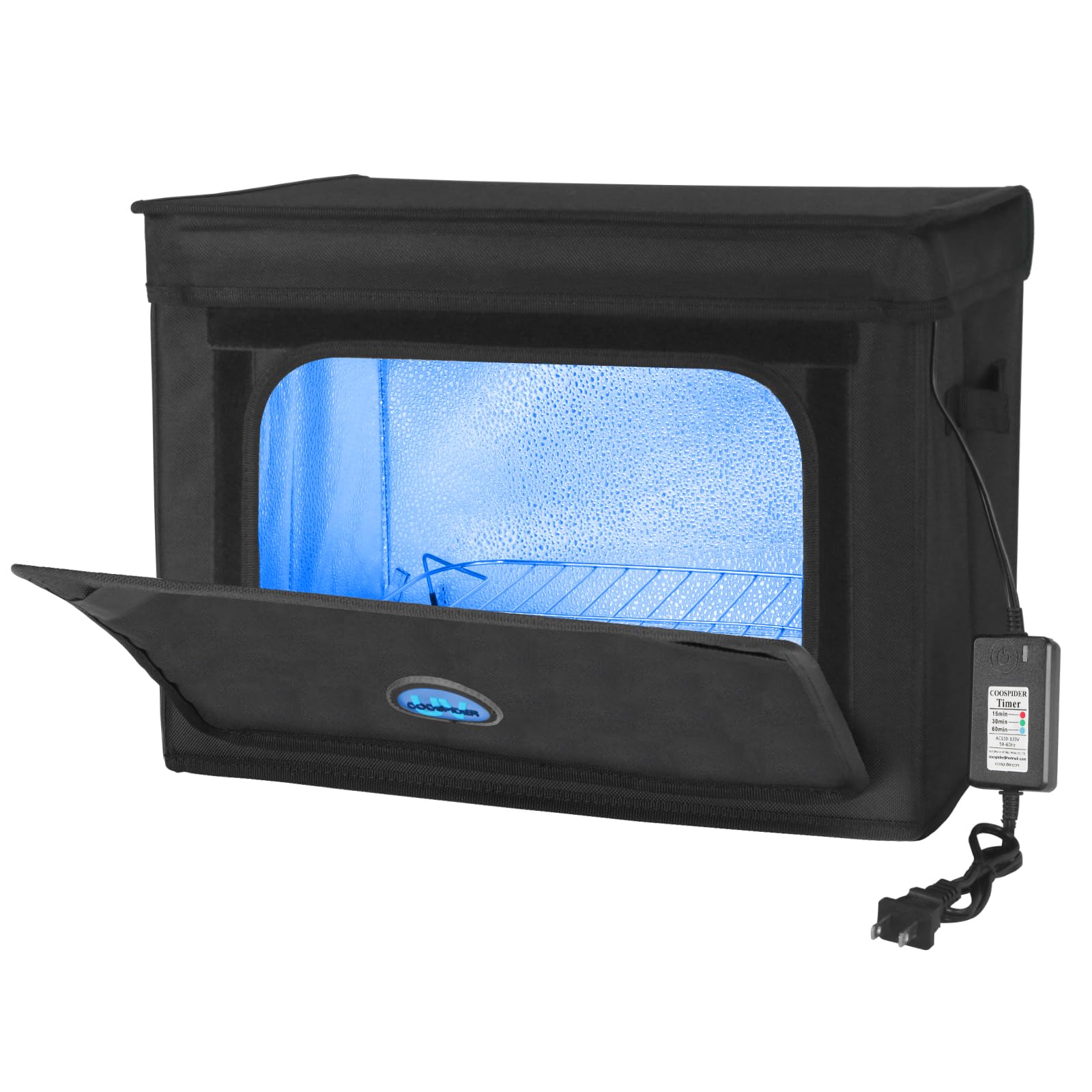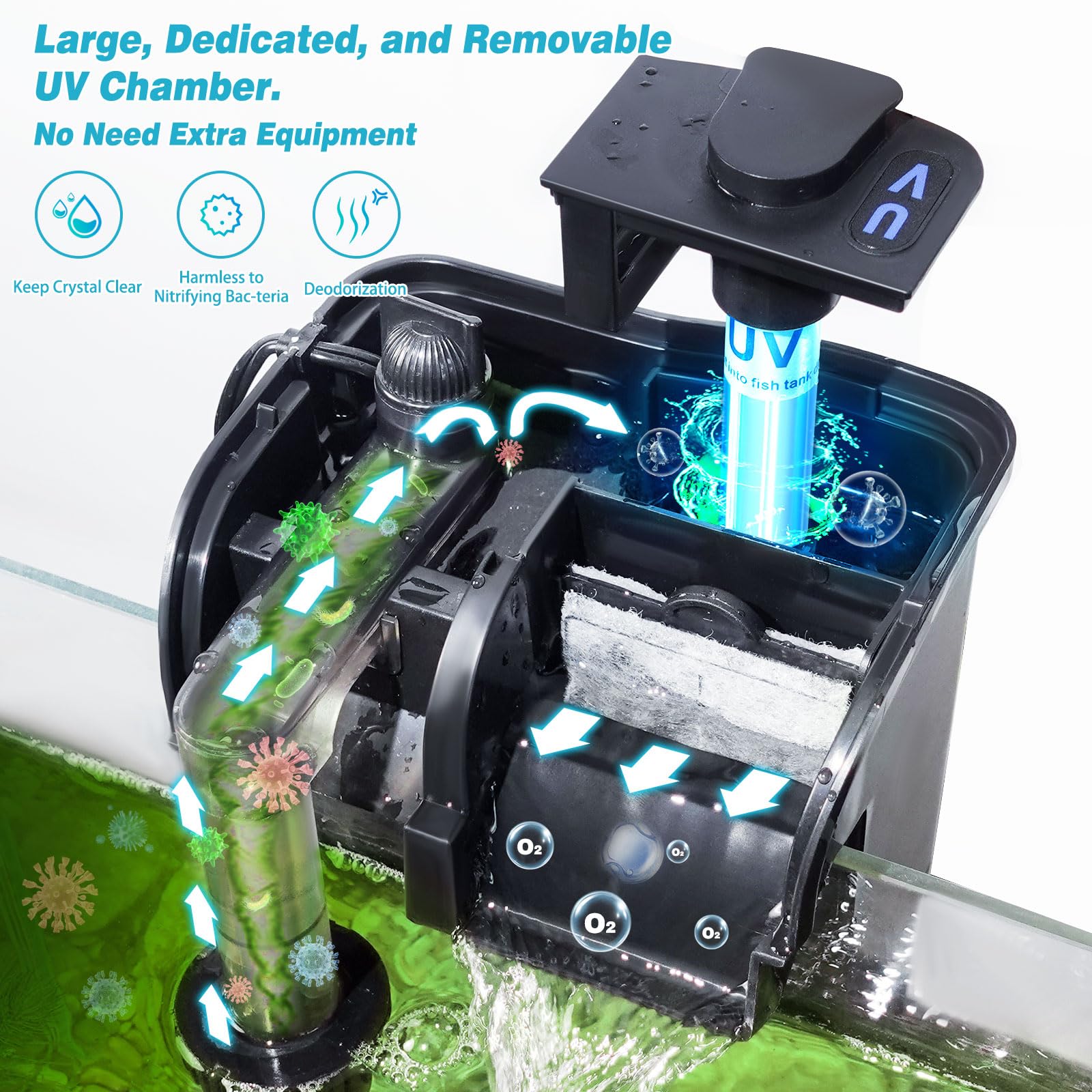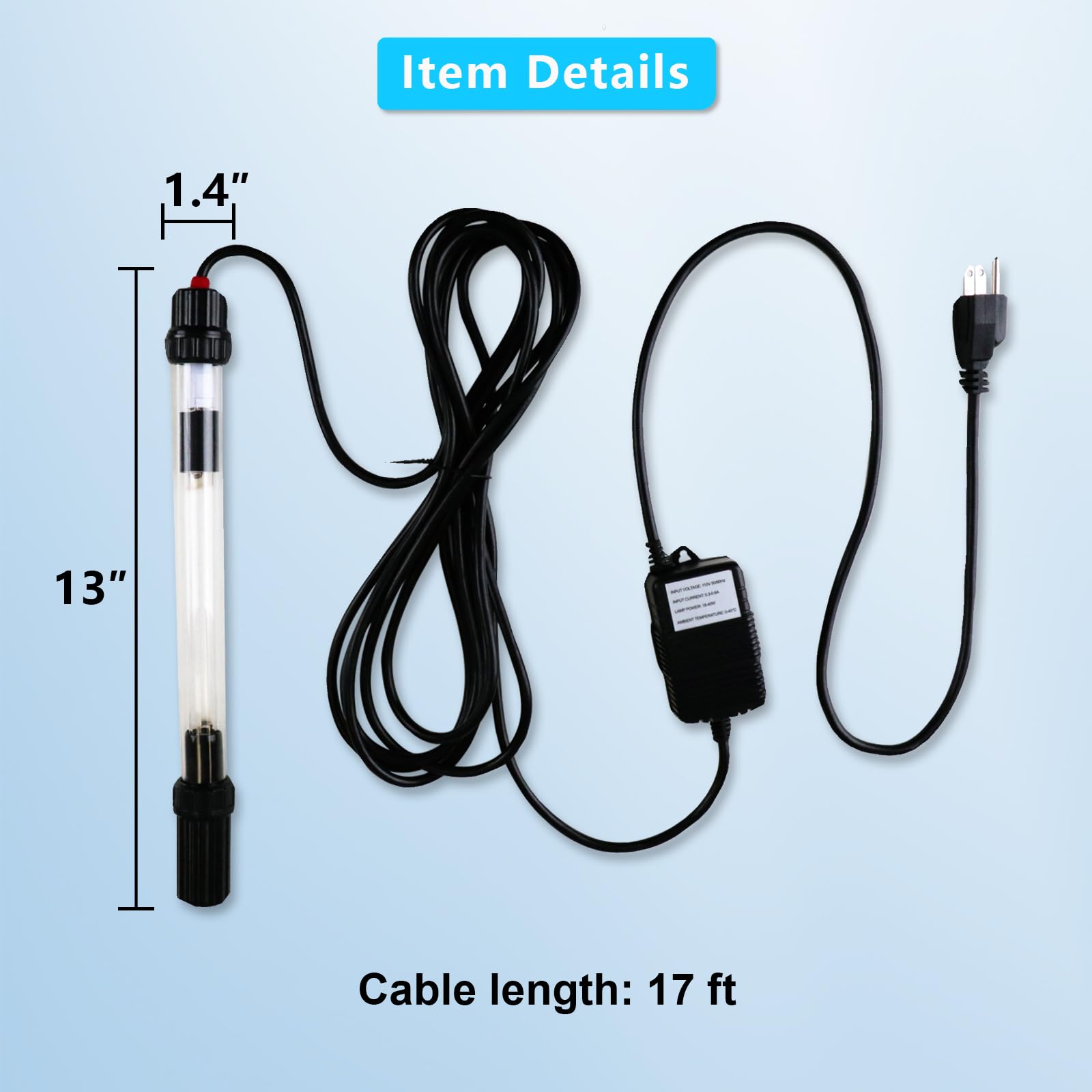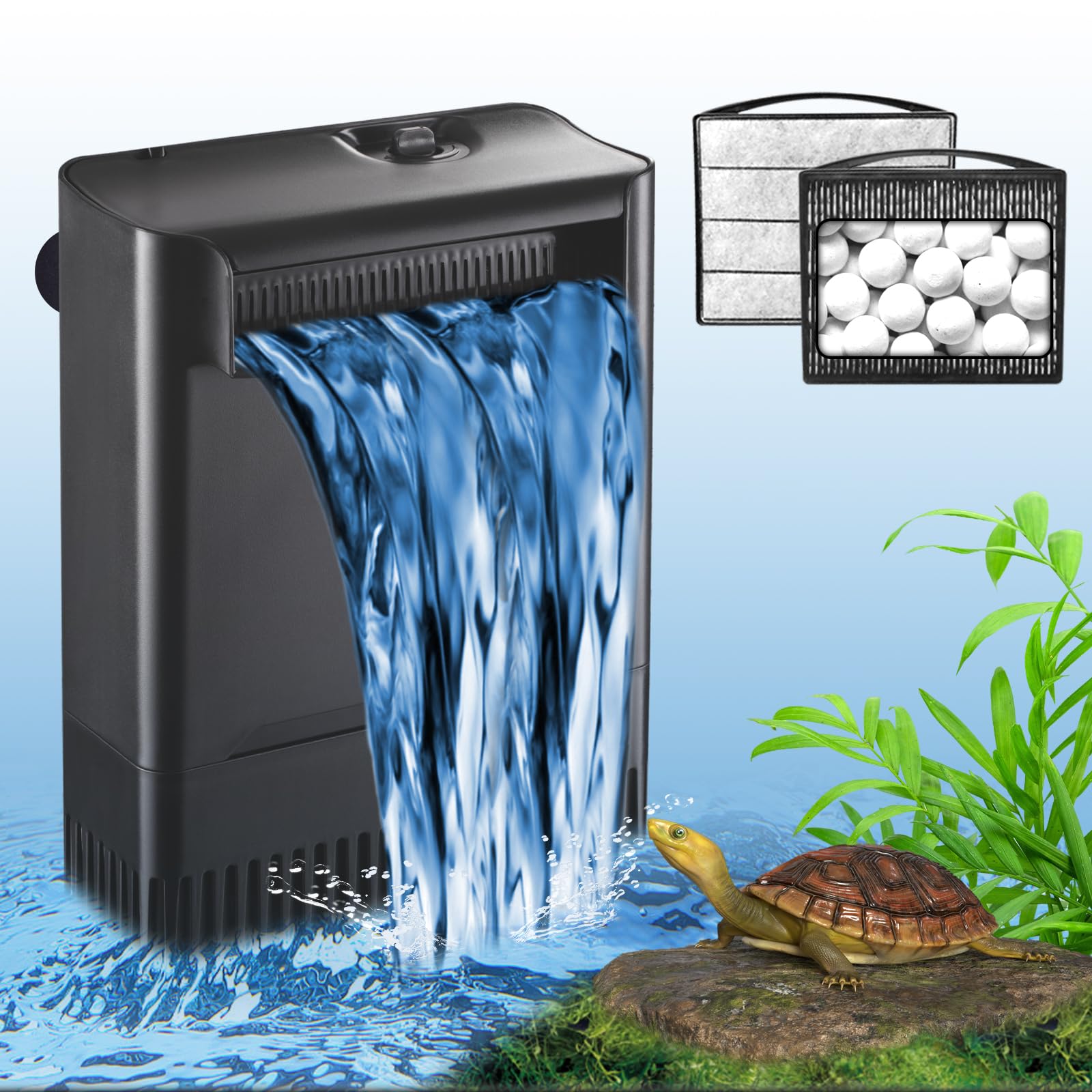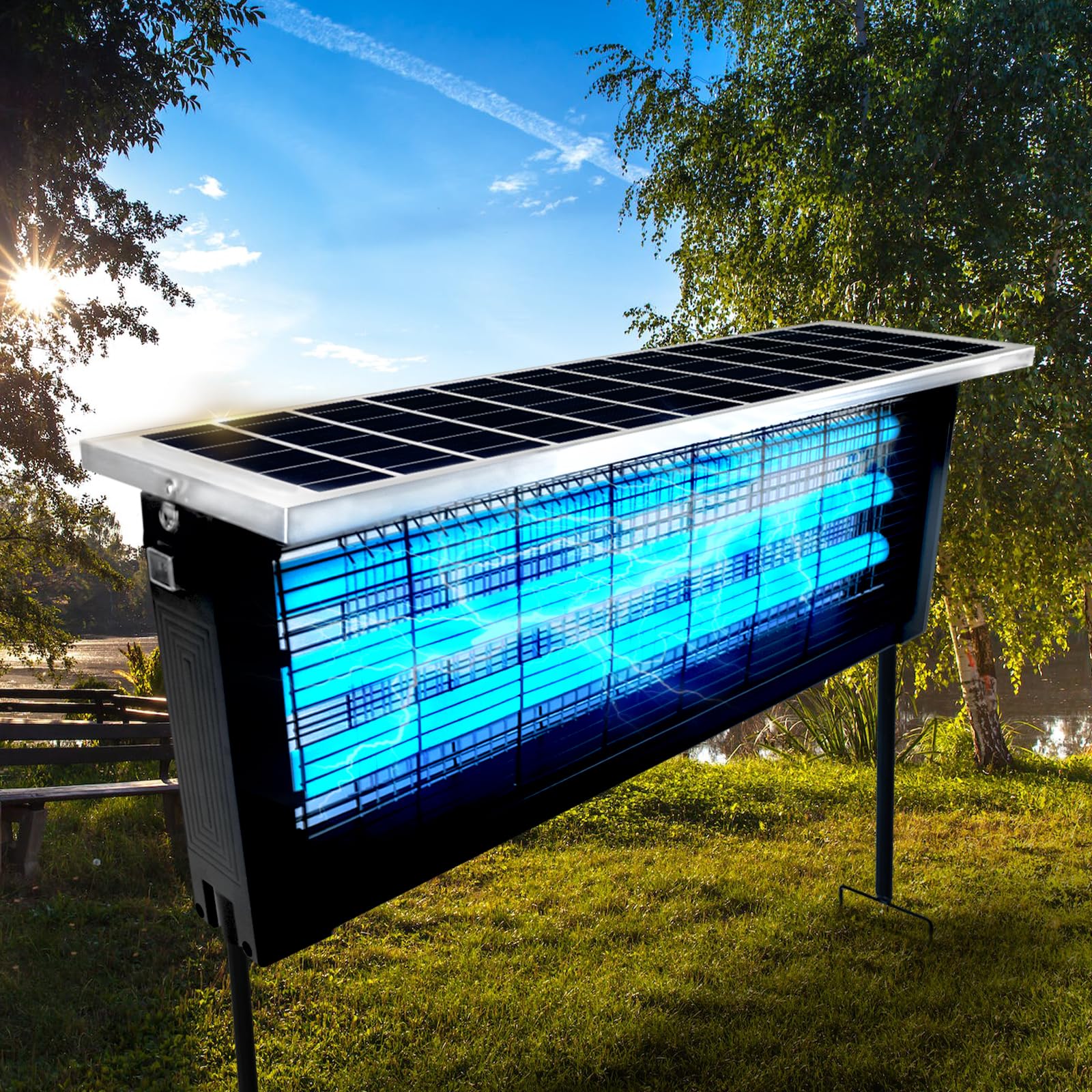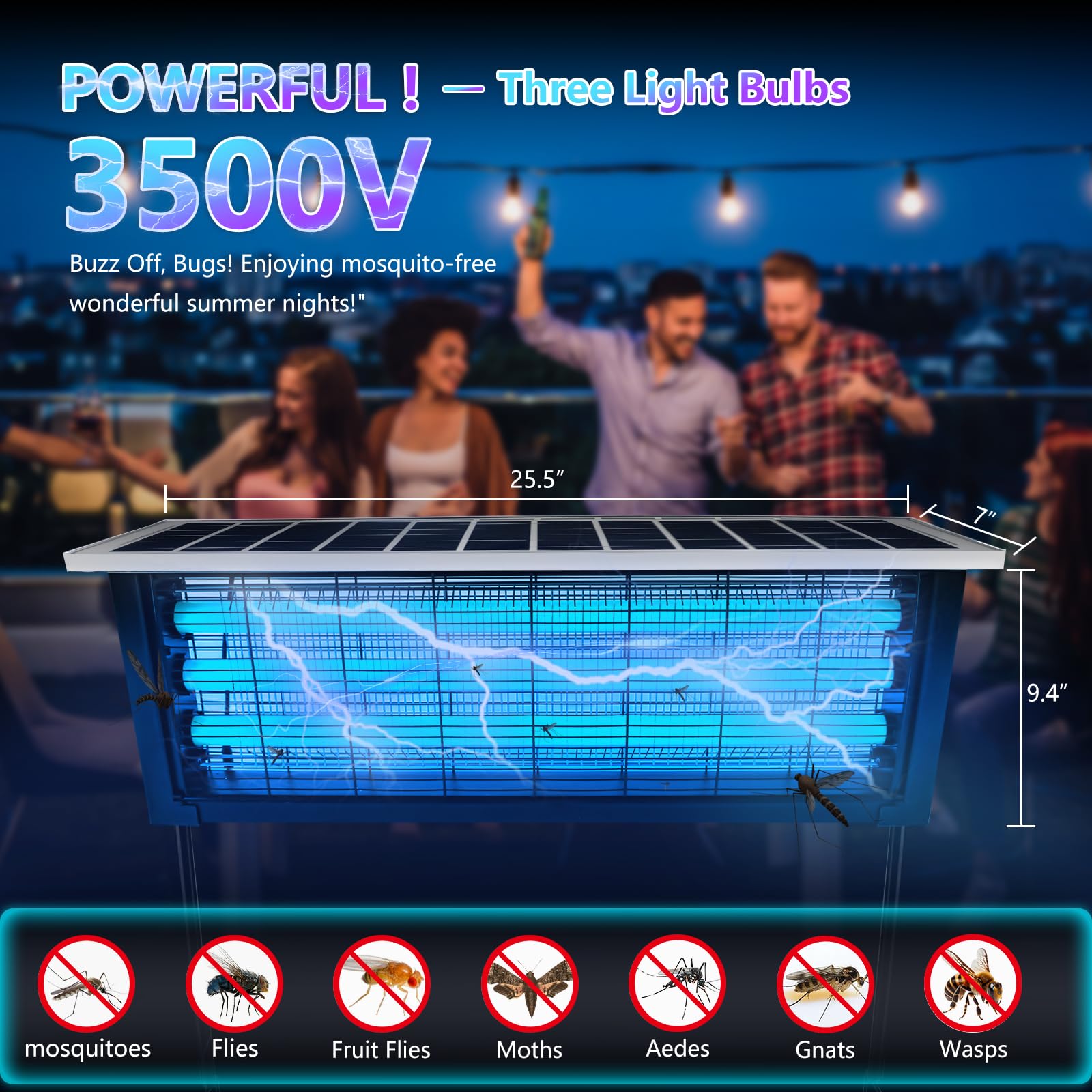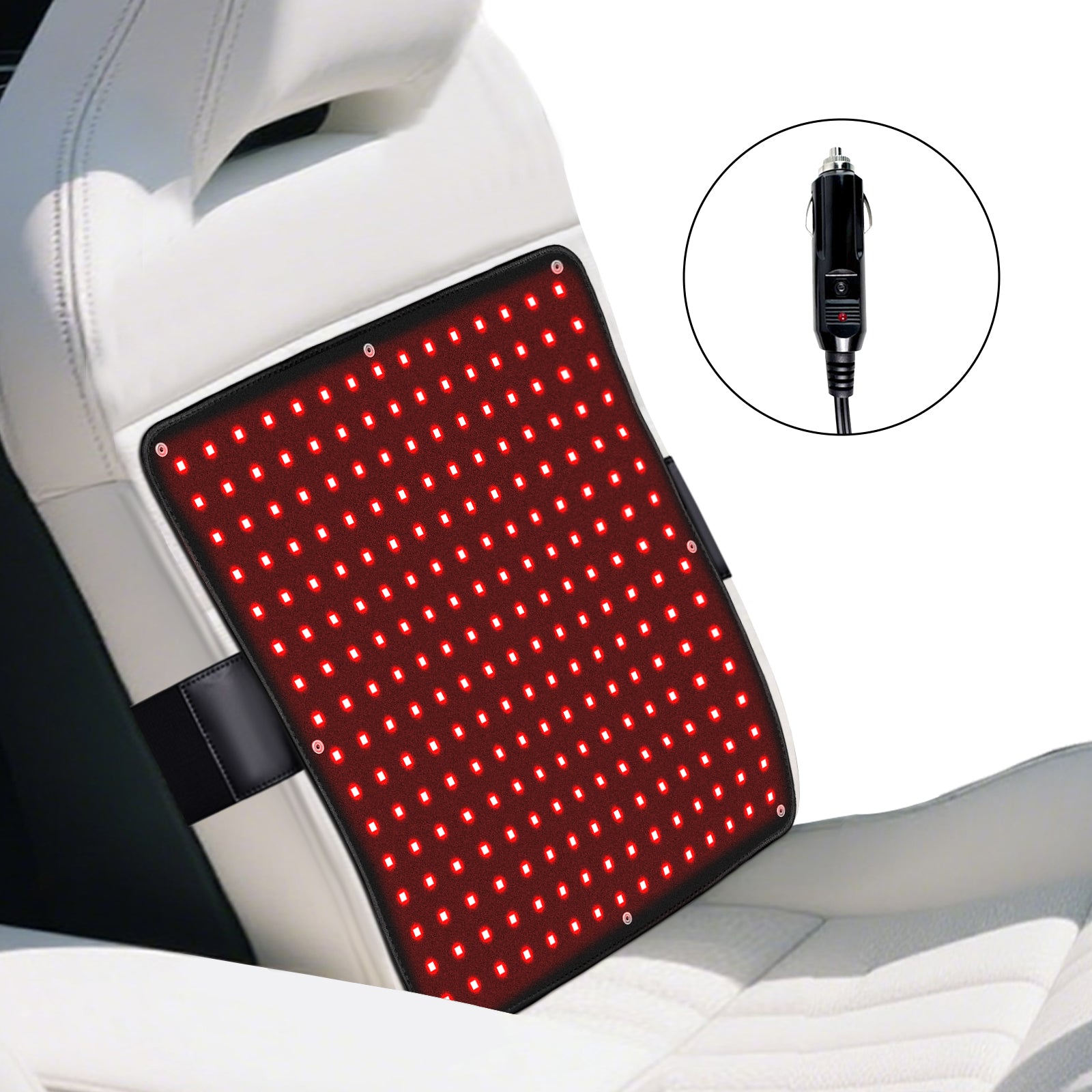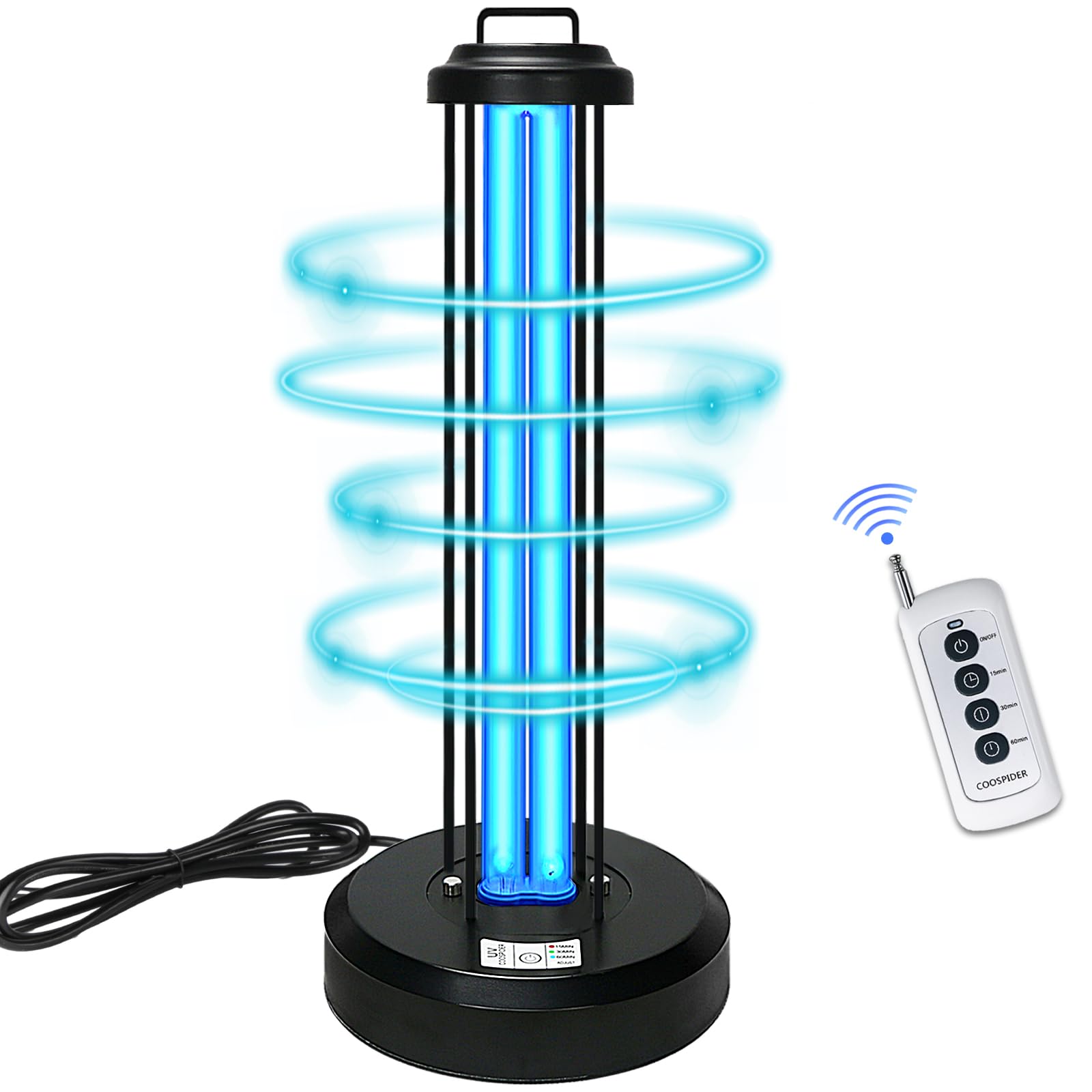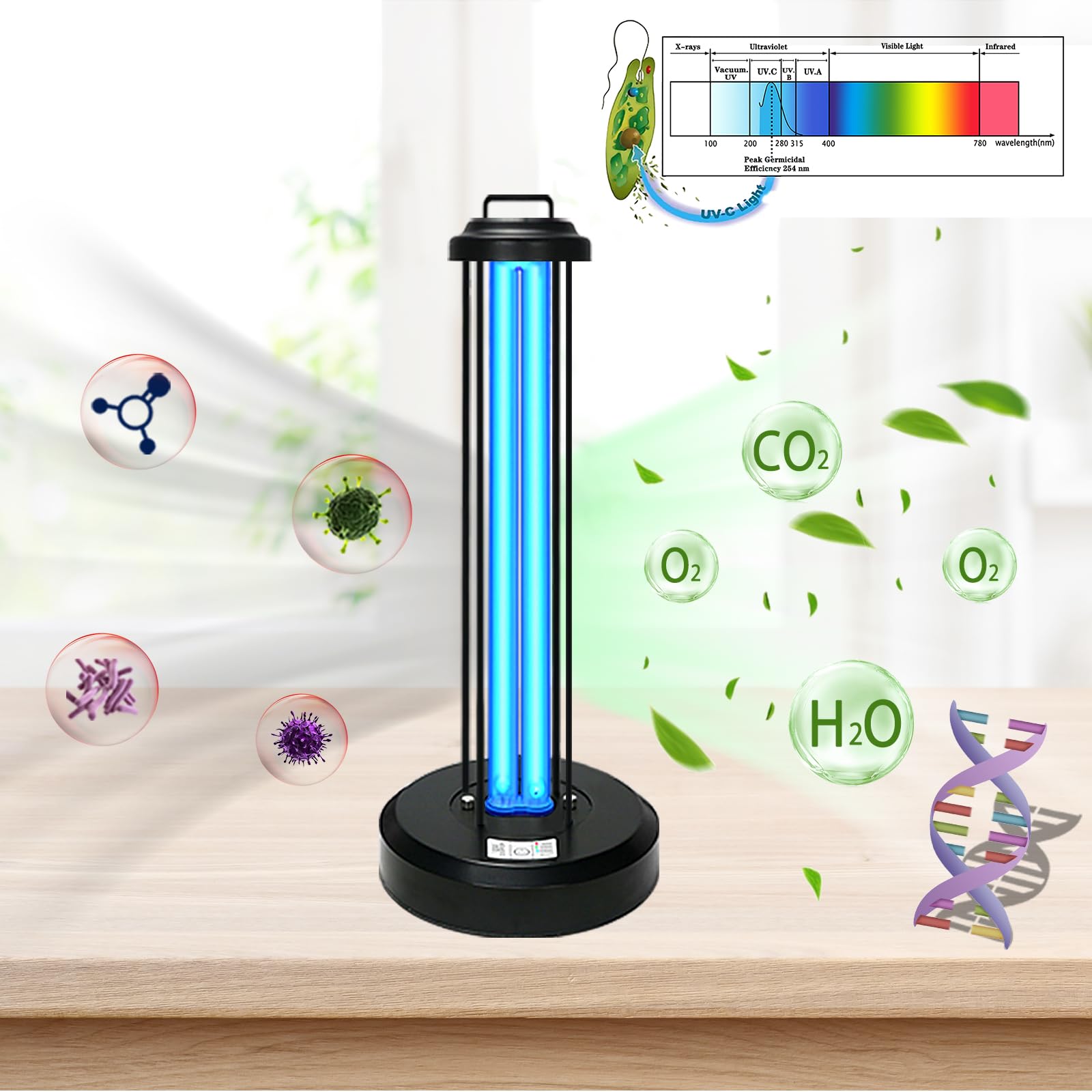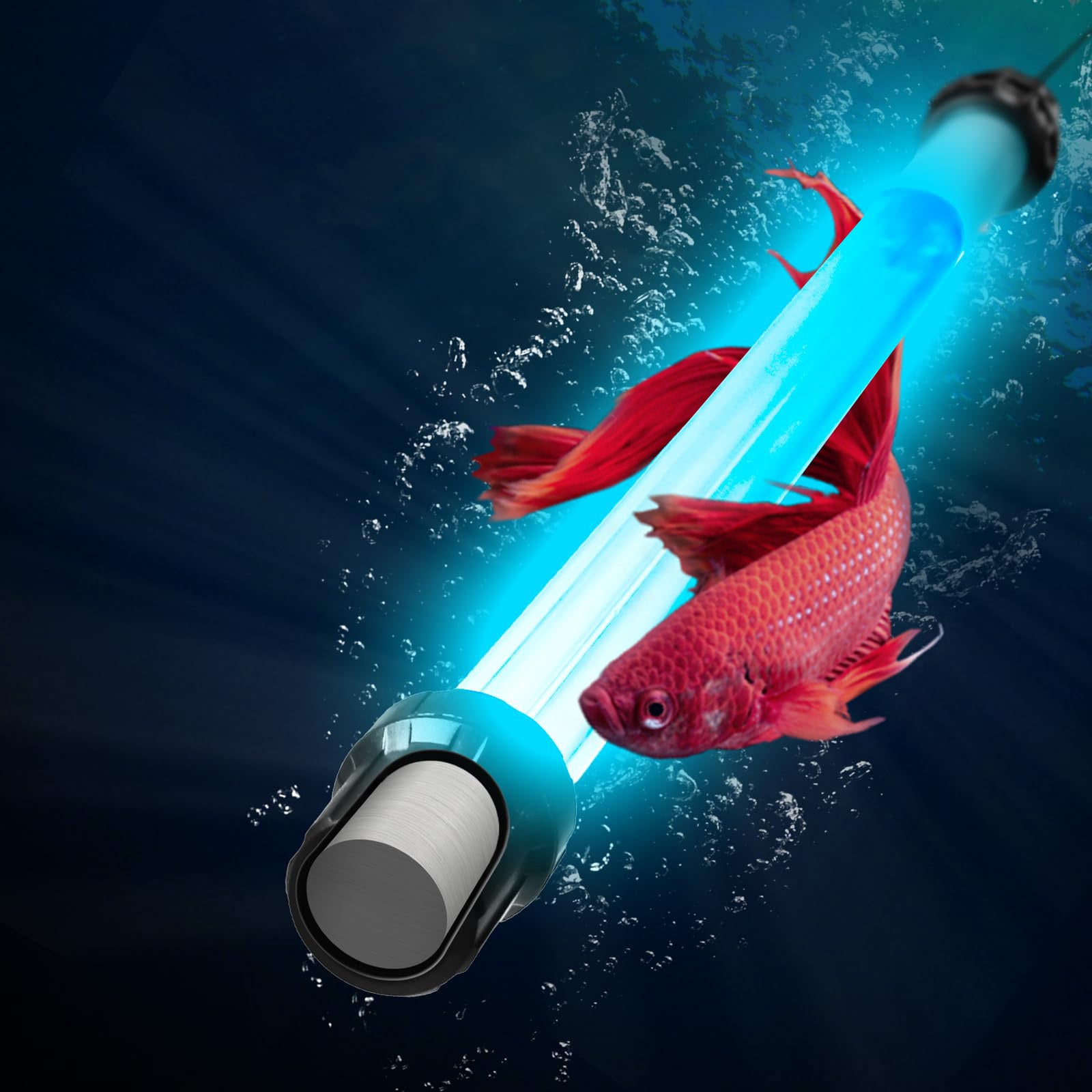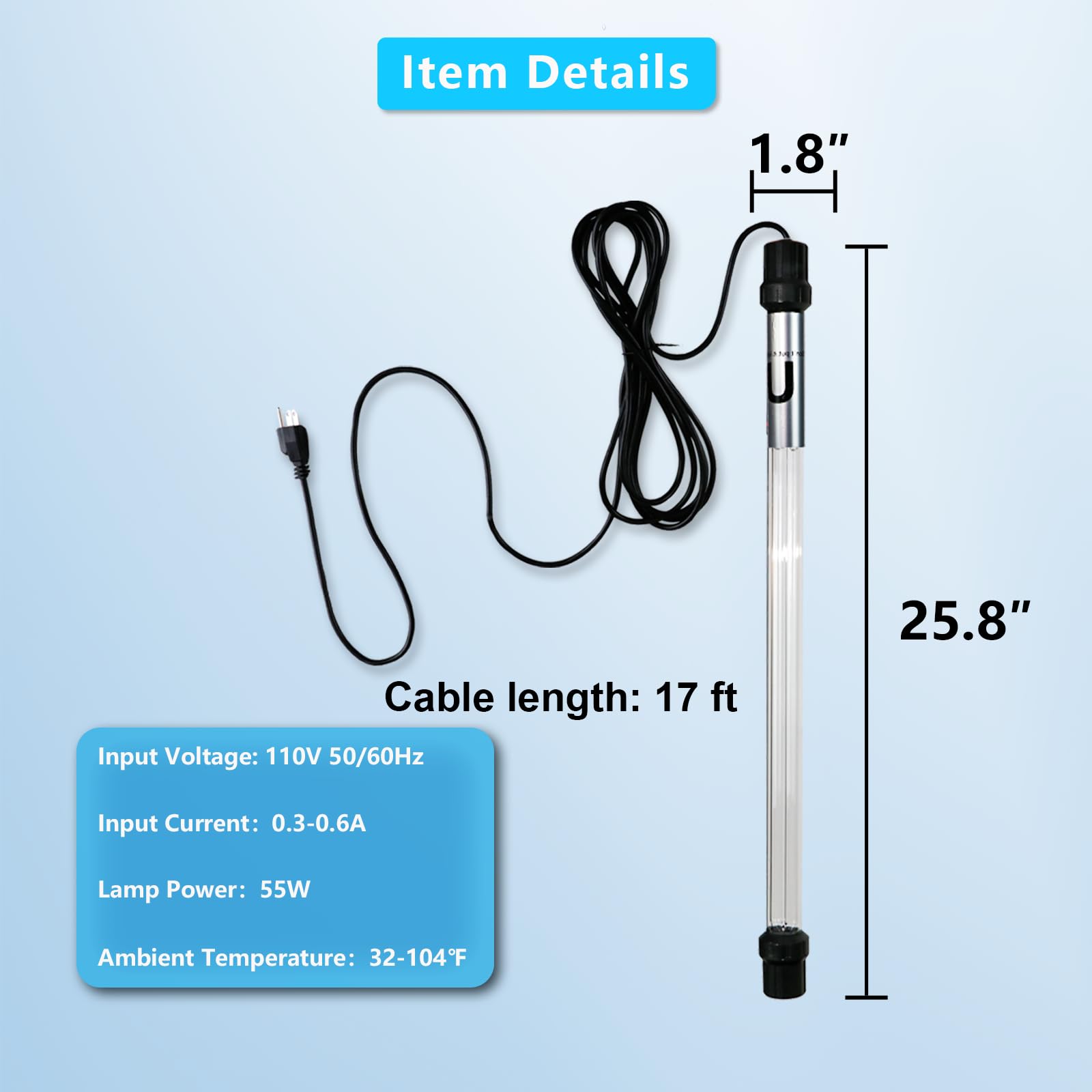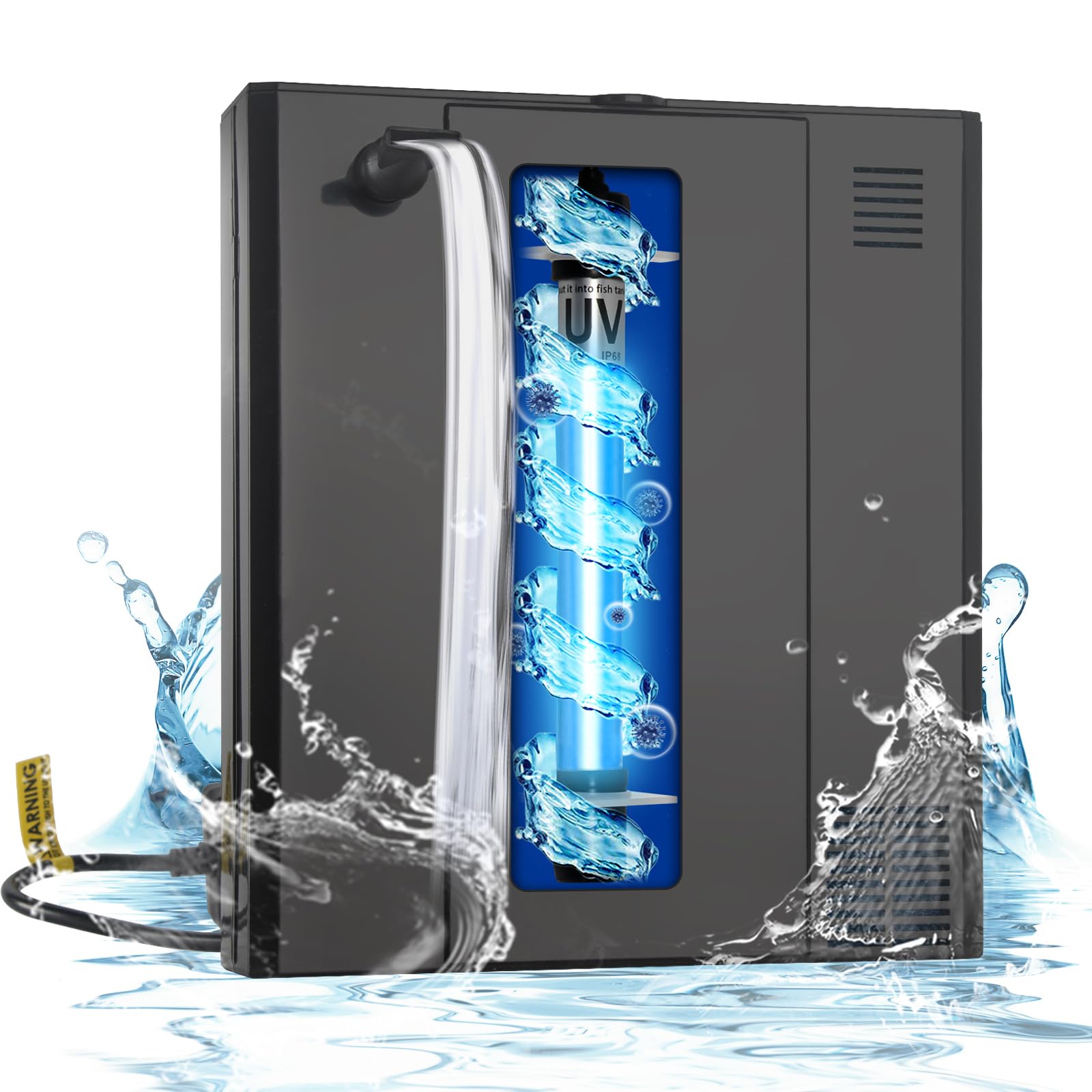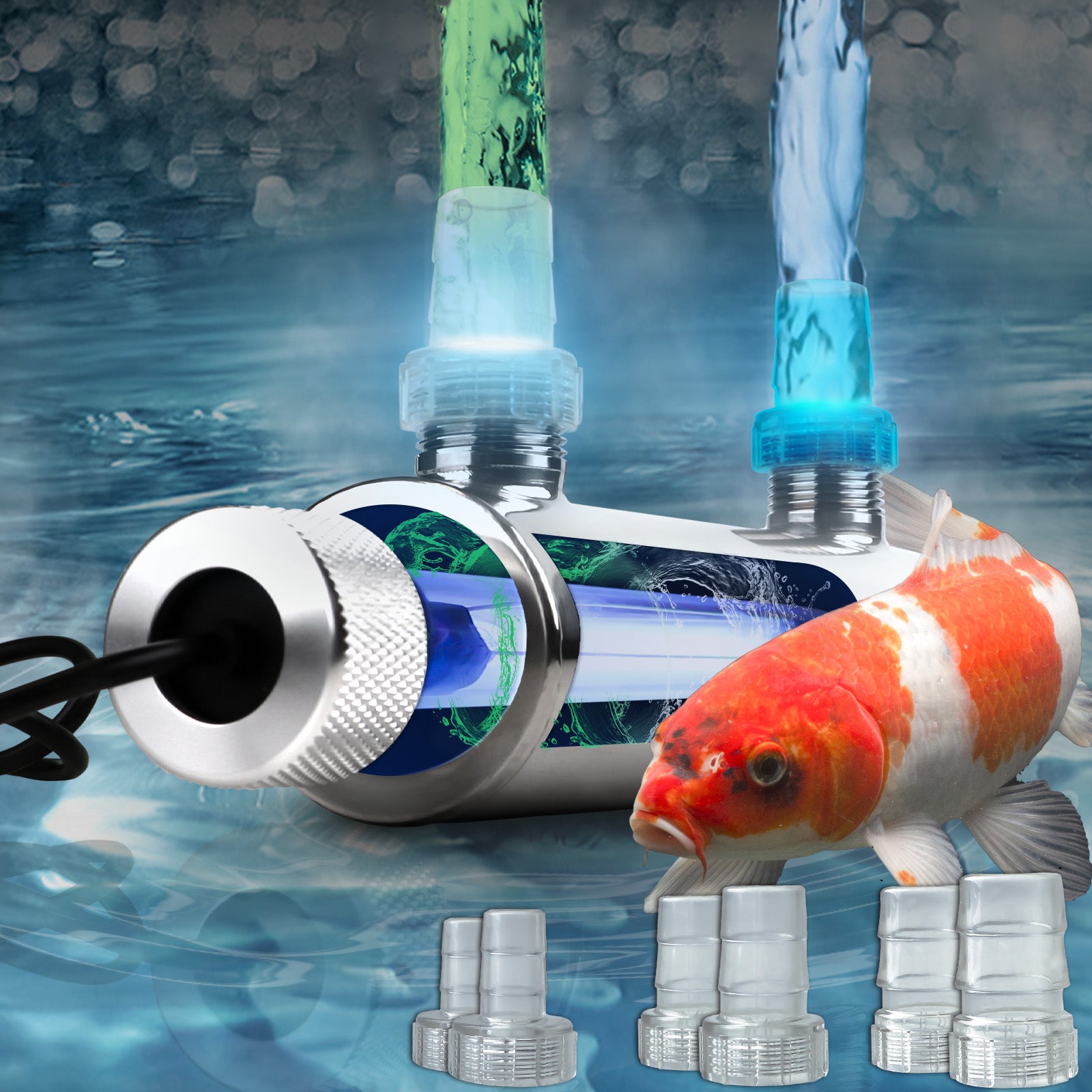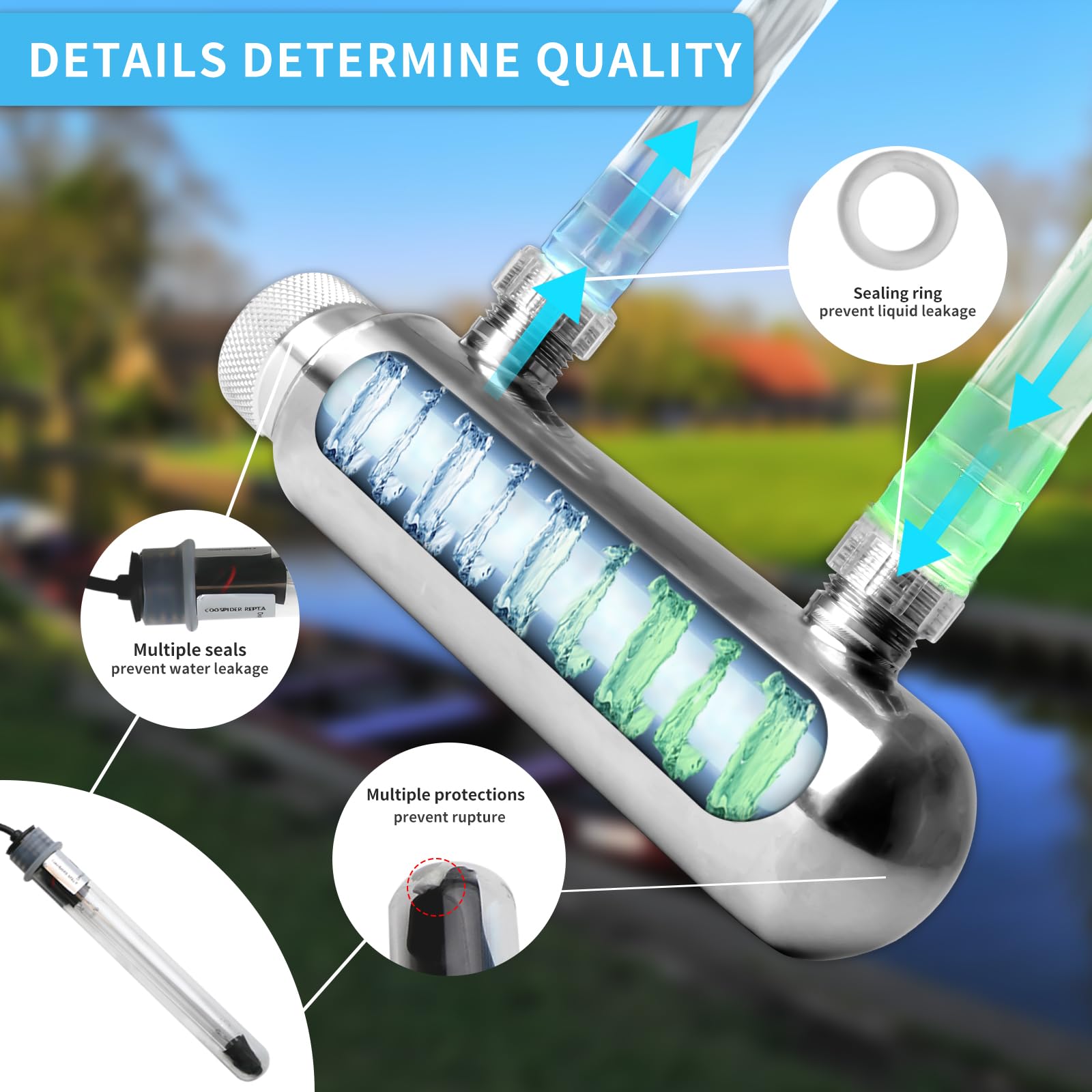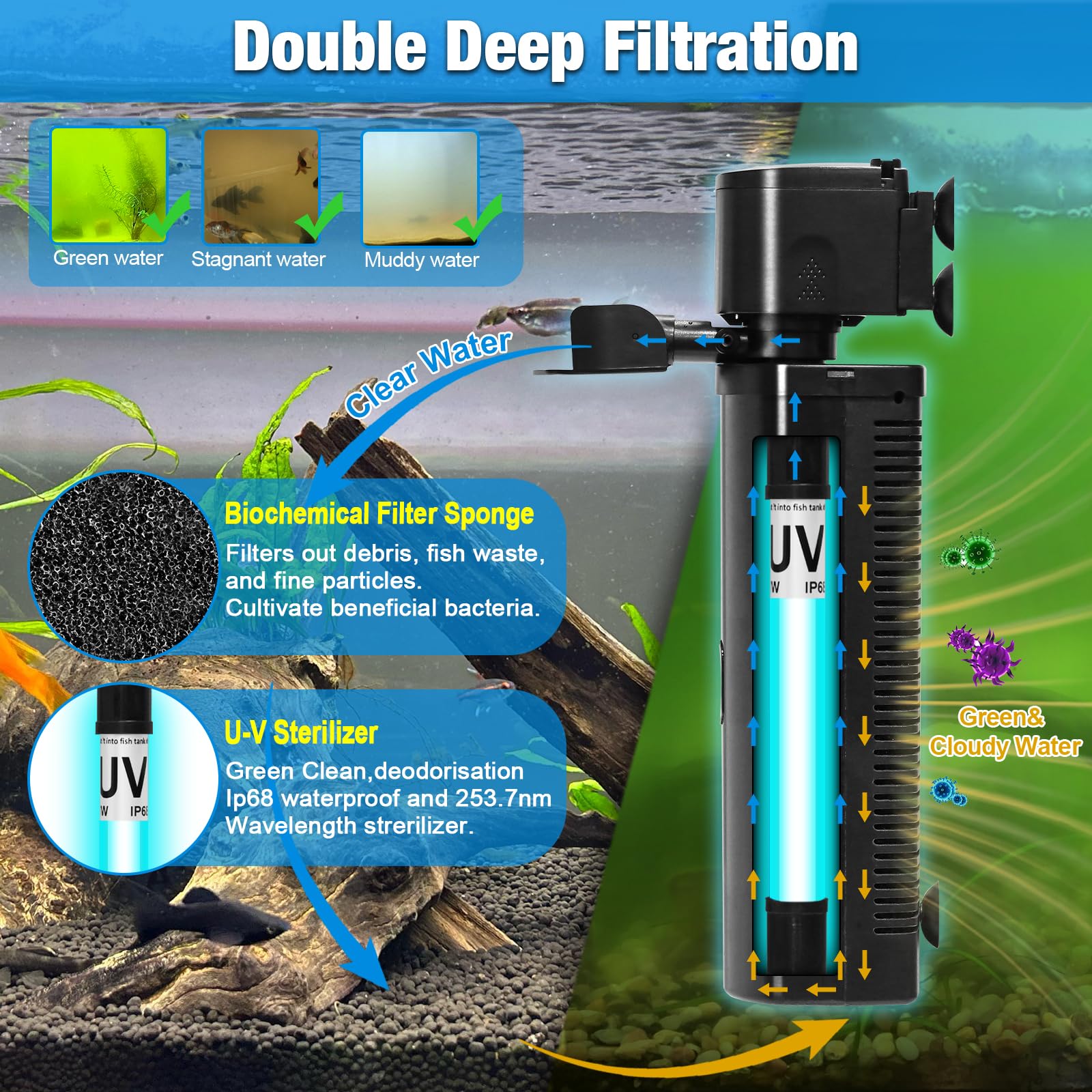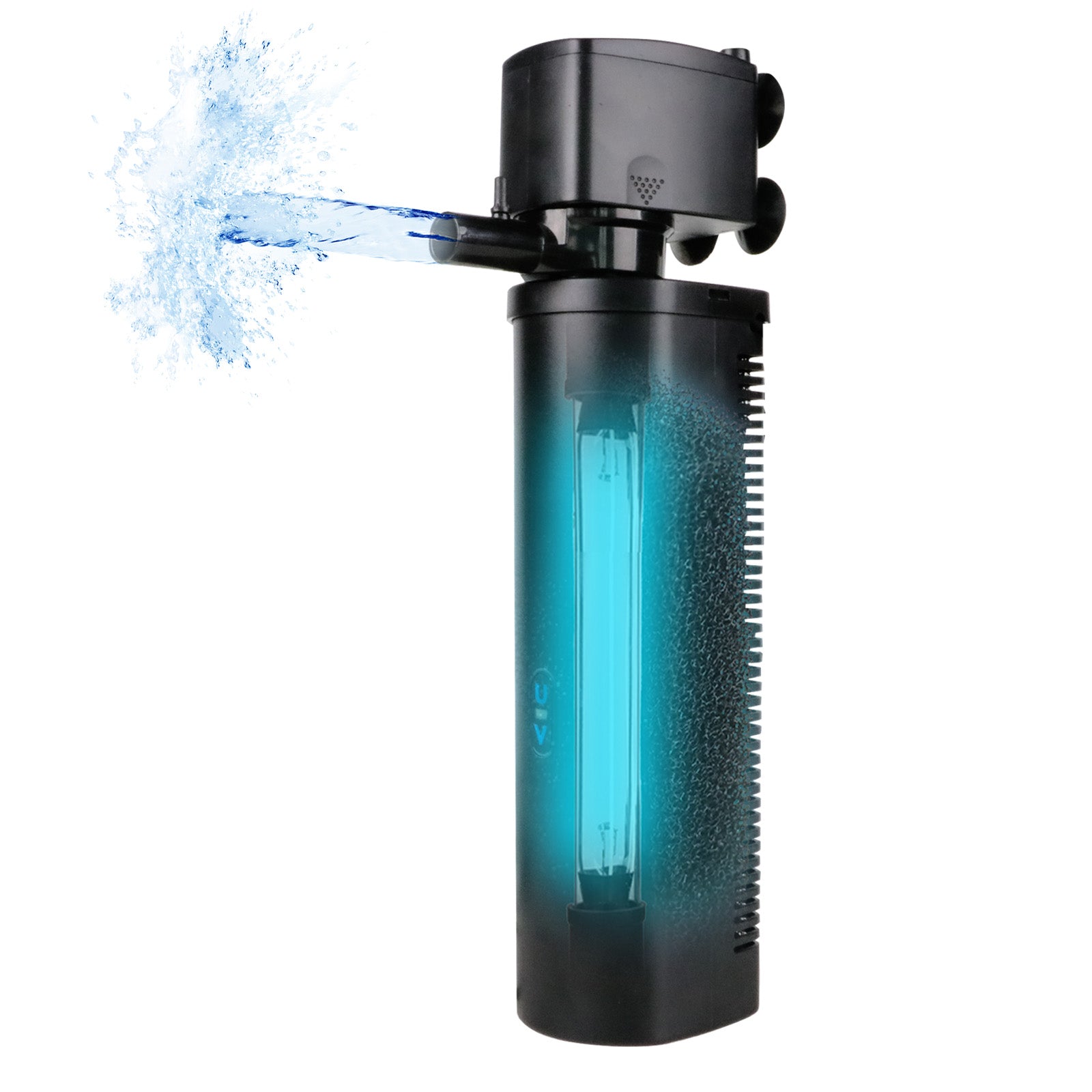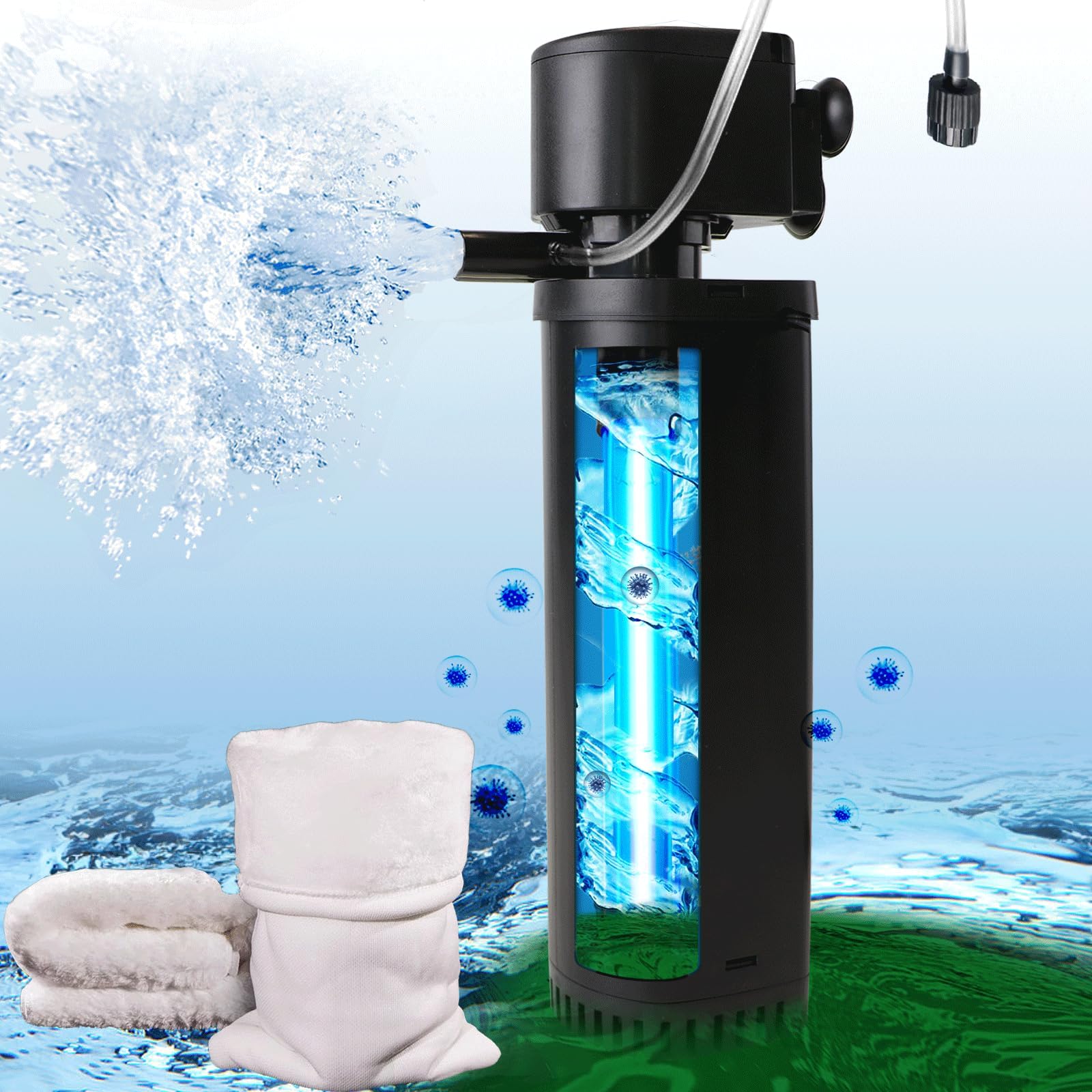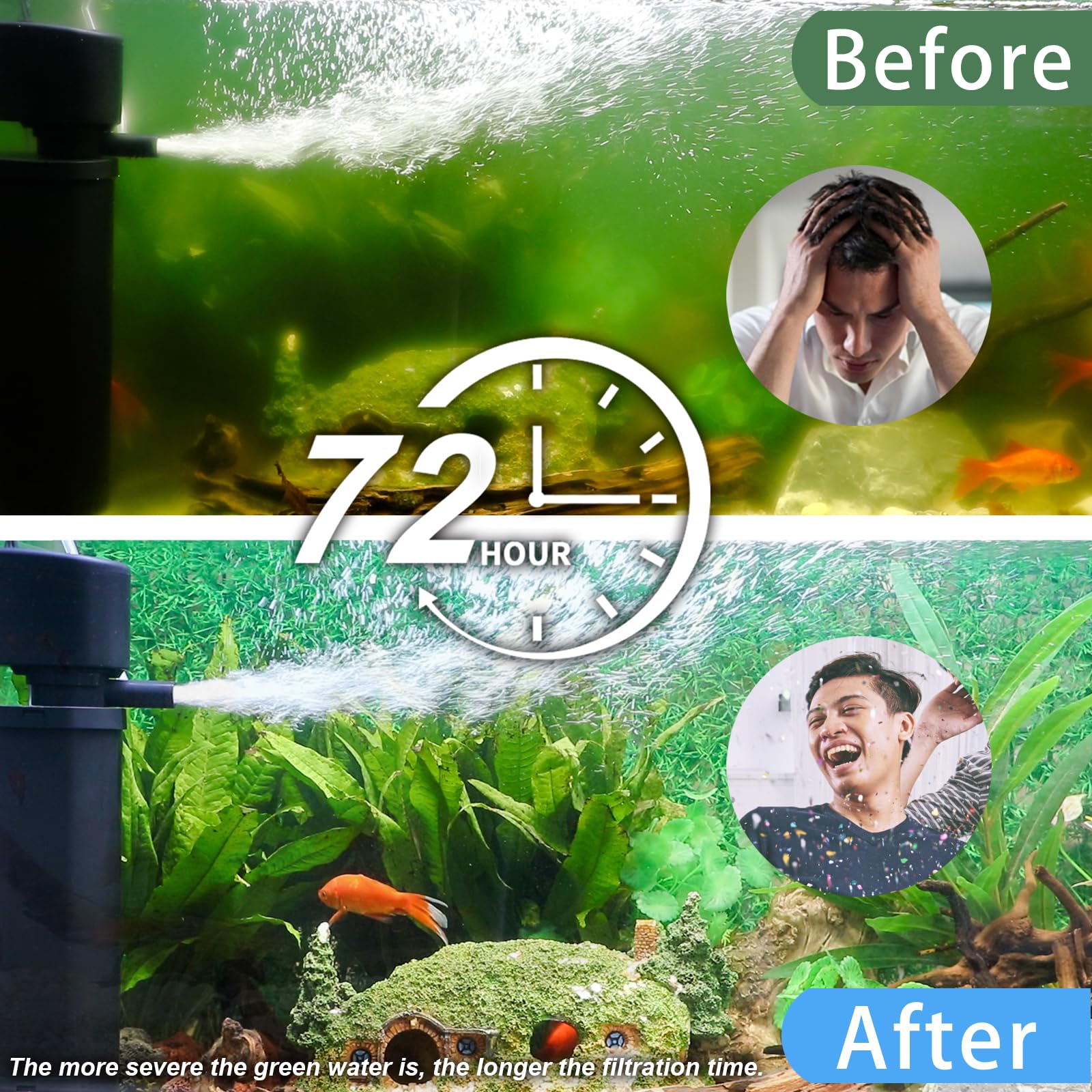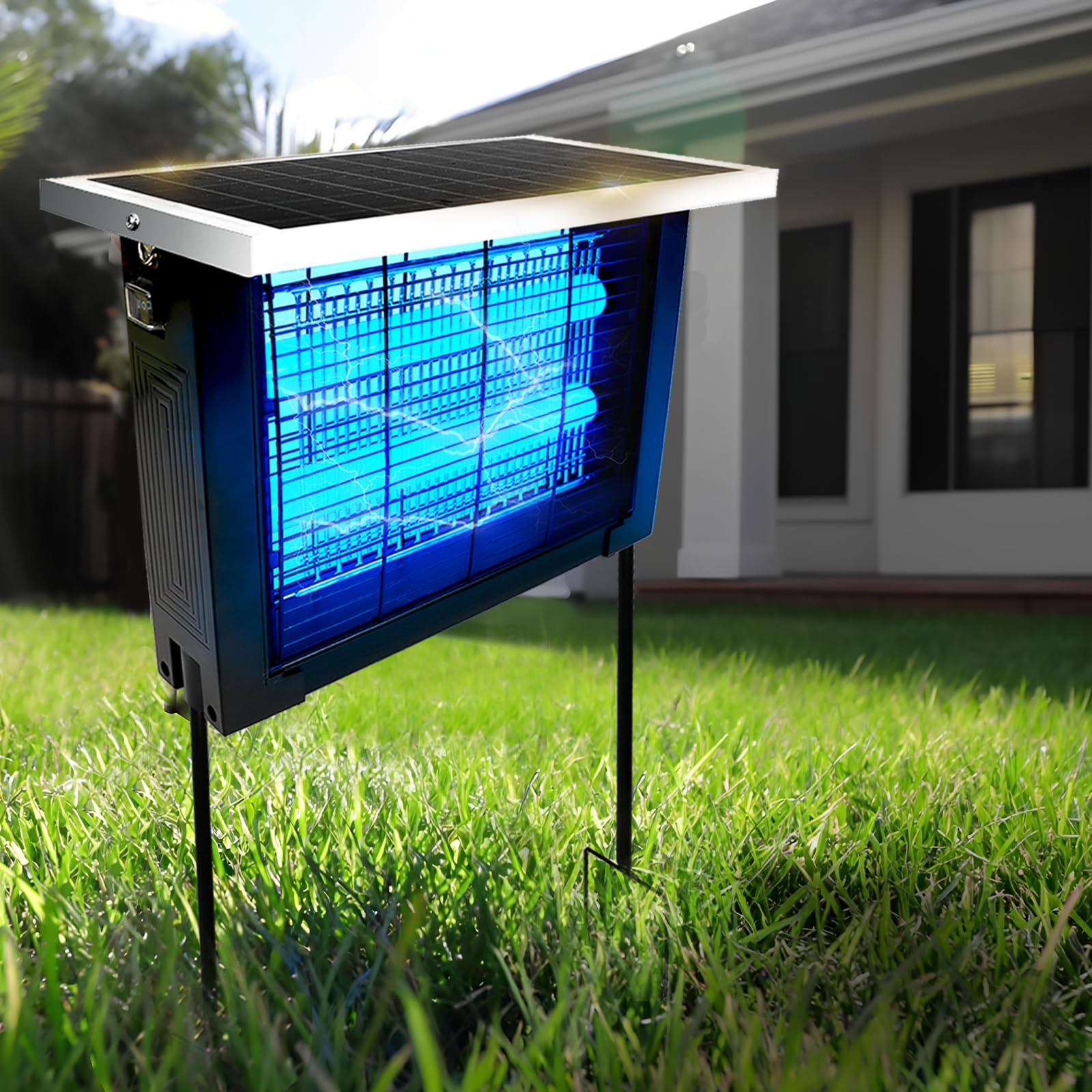Maintaining a stable temperature is one of the most important responsibilities in fishkeeping. Fish, shrimp, snails, corals, and beneficial bacteria all depend on warm, stable water to survive. And at the center of this stability is a small but essential device: the aquarium heater.
When an aquarium heater works correctly, you barely notice it. It quietly switches on and off, keeps your water temperature steady, and allows your aquarium community to thrive. But when it fails—whether it stops heating, overheats, cracks, misreads the temperature, or cycles irregularly—it becomes a serious risk to your fish.
Fortunately, most heater problems can be diagnosed and corrected quickly if you understand the symptoms, causes, and solutions.
This comprehensive guide covers everything you need to know to troubleshoot aquarium heater problems—from the most common malfunctions to advanced diagnostic tips. Whether you’re a beginner or a seasoned aquarist, this article gives you the tools to quickly identify issues and protect your fish.
1. Why Aquarium Heaters Fail (And Why It Matters)
Aquarium heaters are simple devices, but the environment they operate in is harsh: constant submersion, mineral exposure, heat cycling, electrical load, and accidental impacts. Over time, these conditions can cause wear and malfunction.
Understanding why heaters fail helps you troubleshoot faster.
Common reasons aquarium heaters fail:
-
Old or worn-out internal components
-
Inaccurate thermostats
-
Cracks from impact or sudden temperature changes
-
Mineral buildup reducing heat transfer
-
Poor placement or blocked water flow
-
Manufacturing defects
-
Power surges or voltage issues
-
Incorrect wattage for tank size
-
Improper installation
-
Exposure to air during water changes
When a heater fails, water temperature can rise or fall rapidly. Even a small fluctuation of 2–4°F can stress fish, while a major change can be deadly.
A faulty heater is one of the top causes of:
-
Ich outbreaks
-
Fin rot and bacterial infections
-
Lethargy and loss of appetite
-
Temperature shock
-
Sudden death
That’s why catching heater problems early is crucial.
2. Signs Your Aquarium Heater Isn’t Working Properly
Before you can fix a heater, you need to recognize the warning signs. Some are obvious; others require careful observation.
1. Temperature isn’t reaching the set point
Example: You set 78°F, but the tank stays at 74°F.
2. Temperature overshoots the target
Example: Set point is 78°F, but the tank rises to 82°F.
3. Heater stays on continuously
The indicator light never turns off.
4. Heater never turns on
The indicator light stays off no matter how cold the tank becomes.
5. Temperature fluctuates day and night
This indicates thermostat cycling issues or poor placement.
6. Visible cracks, condensation, or moisture inside the heater
A serious safety hazard—replace immediately.
7. Electrical buzzing or clicking
Indicates internal damage or poor connection.
8. The heater feels hot to the touch outside the water
Likely exposed during water changes and damaged.
9. Cold spots or uneven heating
Often a placement or flow issue.
10. Fish behavior changes
Your fish may show early signs of heater problems before you notice temperature issues:
-
Lethargy
-
Hiding
-
Gasping
-
Clamped fins
-
Erratic swimming
Never ignore unusual behavior—it often points to temperature instability.
3. Common Heater Problems and How to Fix Them
Now let’s break down the most common aquarium heater issues and the exact steps you can take to fix each one.
Problem 1: The Heater Isn’t Heating at All
This is the most common beginner complaint.
Symptoms
-
Temperature remains below set point
-
Heater indicator light is off
-
Water feels cold
-
No cycling behavior
Possible Causes
-
Heater has failed
-
Thermostat stuck in the “off” position
-
Incorrect wattage (too weak)
-
Poor placement
-
Power outlet issues
-
GFCI outlet tripped
-
Internal fuse burned out
-
Mineral buildup reducing heating efficiency
How to Fix It
1. Check the power source
-
Test another device in the outlet
-
Check the power strip
-
Reset the GFCI outlet
-
Try a different outlet entirely
2. Increase water flow around the heater
Move the heater near:
-
The filter outlet
-
A powerhead
-
High-flow areas
Poor flow causes the thermostat to think the tank is hotter than it is.
3. Confirm the heater is fully submerged
If part of it is exposed, the safety cutoff may stop heating.
4. Test it in a bucket
Use a thermometer to see if:
-
The heater turns on
-
It increases temperature
-
It cycles correctly
If it doesn’t heat water in a test bucket:
→ The heater is dead and must be replaced.
Problem 2: The Heater Overheats the Water
This is extremely dangerous. Overheating can kill fish quickly.
Symptoms
-
Tank temperature higher than expected
-
Fish breathing rapidly or acting stressed
-
Heater indicator light stays on
-
Condensation inside heater (if damaged)
Possible Causes
-
Thermostat stuck “on” (most common)
-
Incorrect wattage (too strong)
-
Placement near heater thermometer
-
Heater malfunction or internal corrosion
-
Temperature dial inaccurate
-
Room too warm
Solutions
1. Turn off and unplug the heater immediately.
2. Cool the tank slowly
Do NOT add ice. Instead:
-
Float sealed bags of cool water
-
Increase surface agitation
-
Turn off lights
3. Remove the heater if damaged
Look for:
-
Cracks
-
Moisture inside
-
Burn marks
If any are present → Replace immediately.
4. Test the heater in a separate bucket
If it keeps heating without cycling:
→ The thermostat has failed. Replace the heater.
5. Use a temperature controller
This prevents overheating entirely by cutting power automatically.
Problem 3: The Heater Turns On and Off Too Frequently
Rapid cycling can damage the heater and cause temperature instability.
Symptoms
-
Constant clicking
-
Light flickering
-
Temperature fluctuates
-
Inconsistent behavior
Possible Causes
-
Heater placed in dead-flow zone
-
Heating element partially blocked
-
Thermostat too sensitive
-
Heater too strong for tank
-
Cold drafts hitting tank
Solutions
-
Move heater to high-flow area
-
Remove blockages or decorations
-
Use a lower wattage heater
-
Protect tank from drafts
-
Add a filter or wave maker for circulation
Problem 4: Temperature Fluctuates Day and Night
A very common problem for beginners.
Symptoms
-
2–5°F fluctuations
-
Fish stressed
-
Morning water cold
-
Nighttime temperature stable or too warm
Possible Causes
-
Room temperature changes
-
Weak heater
-
Poor circulation
-
Heater in wrong location
-
Tank near window or AC vent
Solutions
-
Move heater near filter outlet
-
Increase circulation
-
Insulate the tank (background foam, lid)
-
Upgrade heater wattage
-
Move tank away from sunlight or AC vents
-
Set up dual-heater system for large tanks
Even 1–2°F instability daily can stress sensitive species like discus or bettas.
Problem 5: Heater Has Condensation or Water Inside
This is a serious emergency.
Symptoms
-
Foggy glass
-
Water droplets inside heater tube
-
Rust or mineral buildup visible
-
Electrocution risk
Cause
A leak has formed.
Internal electrical components are compromised.
Solution
Replace the heater immediately.
Do NOT attempt repair.
Unplug the heater before removing it.
Never touch a broken heater while submerged.
Problem 6: The Tank Has Hot and Cold Spots
Uneven heating is often a placement or circulation issue—not a heater defect.
Causes
-
Heater behind decor
-
Dead zones
-
Weak filter
-
Incorrect mounting angle
-
Tank too large for one heater
Fix
-
Move heater to strong-flow area
-
Place heater diagonally or horizontally
-
Remove decor blocking heat flow
-
Add a powerhead or wavemaker
-
Use two heaters in tanks over 55 gallons
Problem 7: The Heater Makes Noise
Heaters should be silent.
Types of Noises
-
Clicking → thermostat turning on/off
-
Buzzing → electrical issues
-
Popping → rapid temperature change
Solutions
-
A few clicks = normal
-
Frequent loud clicks = failing thermostat
-
Buzzing or popping = unsafe → replace immediately
Problem 8: Heater Was Exposed to Air During Water Change
This damages heaters more often than anything else.
Symptoms
-
Glass cracks
-
Overheating
-
Smoke smell
-
Failure after water change
Why?
A heater must cool down while submerged.
If exposed while running, the glass overheats instantly.
Solution
If a heater was exposed while hot:
Replace it.
Damage may not be visible but internal seals melt.
Prevent future issues:
-
Always unplug heater before water changes
-
Wait 10–15 minutes before removing water
-
After refilling, wait 10 minutes before plugging in
Problem 9: Temperature Dial is Inaccurate
Most heater dials are off by 1–5°F.
Fix
-
Set the heater
-
Check with a secondary thermometer
-
Adjust dial gradually (¼ turn)
-
Monitor for 24 hours
This calibration ensures accuracy.
Problem 10: Heater Breaks or Explodes
Rare but possible.
Causes
-
Exposed heating element
-
Cracked glass
-
Sudden temperature shock
-
Manufacturing defect
Emergency Procedure
-
Turn off power
-
Let glass cool
-
Remove heater with tongs
-
Perform immediate water change
-
Replace heater
4. How to Test If a Heater Is Working Properly
Use this simple bucket test:
Step-by-Step
-
Fill a bucket with water
-
Insert the heater
-
Add a thermometer
-
Set the temperature
-
Plug it in
-
Check temperature every hour
What You’re Looking For
-
Does the heater turn on?
-
Does the temperature rise?
-
Does it stop heating at the correct set point?
-
Does it cycle normally?
If it fails any step, replace the heater.
5. Preventing Heater Problems Before They Start
You can avoid 90% of heater failures with good habits.
1. Buy the Right Wattage
Weak heaters fail faster.
2. Install the Heater Properly
Place near flow, not behind decor.
3. Use a Temperature Controller
This is the most effective safety upgrade.
4. Unplug Before Water Changes
Always!
5. Check Temperature Daily
Takes 2 seconds and prevents disasters.
6. Replace Old Heaters Every 1–2 Years
Heaters wear out—it’s normal.
7. Keep a Backup Heater Ready
A spare heater is cheap insurance.
6. When to Repair vs. When to Replace
You Should Replace a Heater If:
-
It has condensation inside
-
It overheats
-
It doesn’t turn on
-
It cracks
-
It clicks excessively
-
It fails the bucket test
You Can Try Adjusting If:
-
The temperature is slightly off
-
The thermostat cycles irregularly
-
There are minor fluctuations
But in general:
If a heater behaves unpredictably, replace it. Heaters are cheap—fish are not.
Conclusion: A Healthy Aquarium Starts With a Reliable Heater
A stable temperature is the foundation of a healthy aquarium. When your heater fails, the effects are immediate—and sometimes devastating. But with the troubleshooting strategies in this guide, you can spot problems early, fix them quickly, and prevent future failures.
You now know how to:
-
Identify heater malfunctions
-
Diagnose temperature problems
-
Fix common issues
-
Avoid deadly mistakes
-
Test heater accuracy
-
Maintain a stable environment
-
Protect your fish from temperature shock
With proper care and regular monitoring, your aquarium heater can keep your fish safe and comfortable for years.

